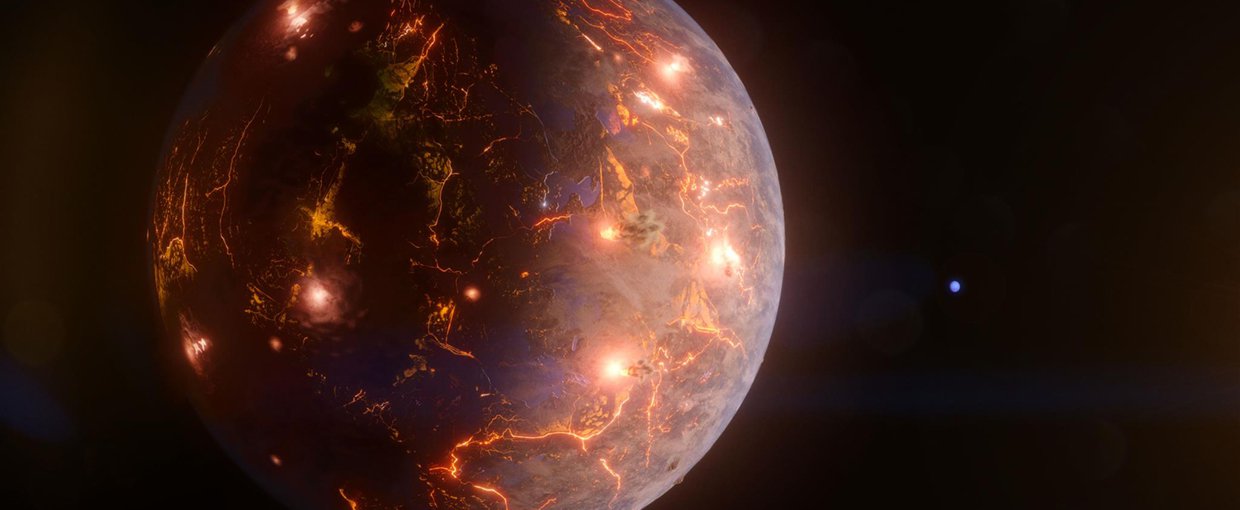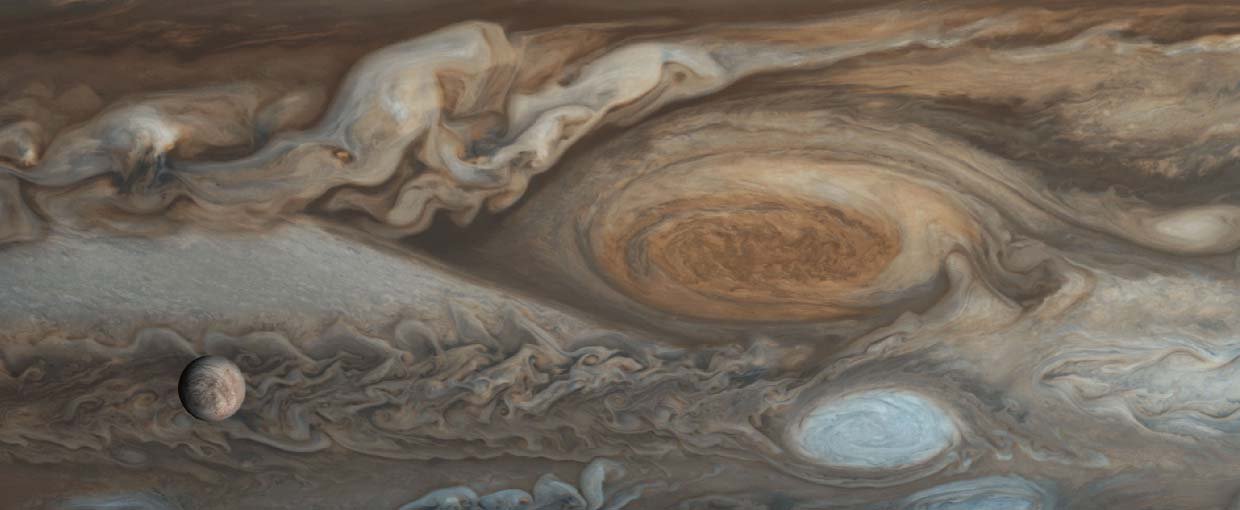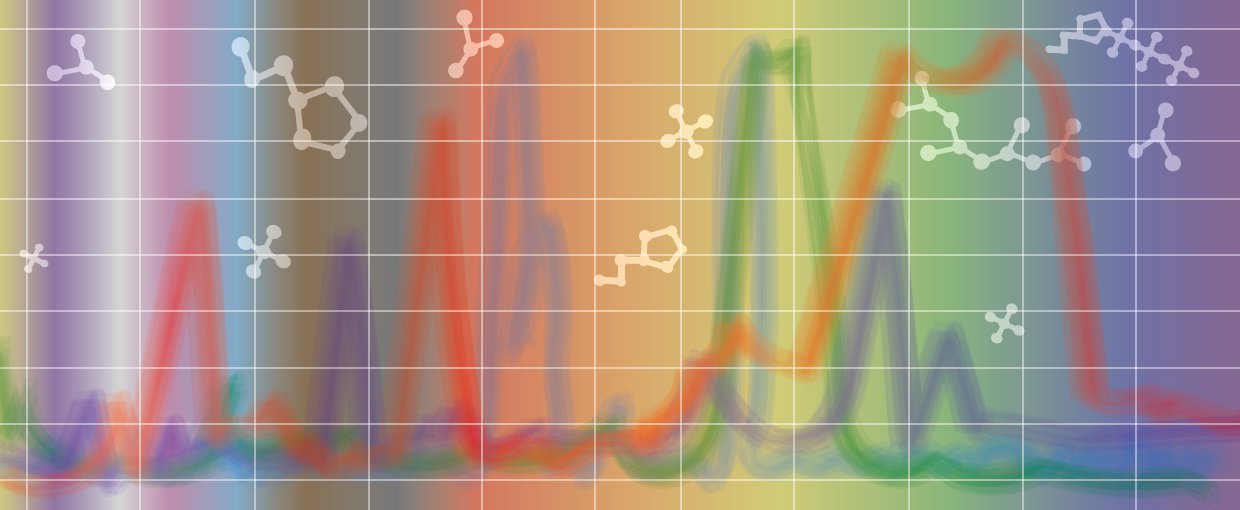Lalla, S. J., Kaneshige, K. R., Miller, D. R., Mackelprang, R., & Mogul, R. (2021). Quantification of endospores in ancient permafrost using time-resolved terbium luminescence. Analytical Biochemistry, 612, 113957. doi:10.1016/j.ab.2020.113957
Schwid, M. F., Xiao, S., Nolan, M. R., & Zhihui, A. N. (2021). DIFFERENTIAL WEATHERING OF DIAGENETIC CONCRETIONS AND THE FORMATION OF NEOPROTEROZOIC ANNULATED DISCOIDAL STRUCTURES. PALAIOS, 36(1), 15–27. doi:10.2110/palo.2020.018
Grewal, D. S., Dasgupta, R., & Marty, B. (2021). A very early origin of isotopically distinct nitrogen in inner Solar System protoplanets. Nature Astronomy. doi:10.1038/s41550-020-01283-y
Frenkel-Pinter, M., Sargon, A. B., Glass, J. B., Hud, N. V., & Williams, L. D. (2021). Transition metals enhance prebiotic depsipeptide oligomerization reactions involving histidine. RSC Advances, 11(6), 3534–3538. doi:10.1039/d0ra07965k
Heber, V. S., McKeegan, K. D., Steele, R. C. J., Jurewicz, A. J. G., Rieck, K. D., Guan, Y., … Burnett, D. S. (2021). Elemental Abundances of Major Elements in the Solar Wind as Measured in Genesis Targets and Implications on Solar Wind Fractionation. The Astrophysical Journal, 907(1), 15. doi:10.3847/1538-4357/abc94a
Kolber, N. S., Fattal, R., Bratulic, S., Carver, G. D., & Badran, A. H. (2021). Orthogonal translation enables heterologous ribosome engineering in E. coli. Nature Communications, 12(1), None. doi:10.1038/s41467-020-20759-z
Woon, D. E. (2021). Quantum Chemical Cluster Studies of Cation–Ice Reactions for Astrochemical Applications: Seeking Experimental Confirmation. Accounts of Chemical Research. doi:10.1021/acs.accounts.0c00717
Chen, H., Zhan, Z., Youngblood, A., Wolf, E. T., Feinstein, A. D., & Horton, D. E. (2020). Persistence of flare-driven atmospheric chemistry on rocky habitable zone worlds. Nature Astronomy. doi:10.1038/s41550-020-01264-1
Hilton, C. D., Ash, R. D., & Walker, R. J. (2020). Crystallization histories of the group IIF iron meteorites and Eagle Station pallasites. Meteoritics & Planetary Science. doi:10.1111/maps.13602
Kipp, M., Krissansen‐Totton, J., & Catling, D. C. (2020). High burial efficiency is required to explain mass balance in Earth's early carbon cycle. Global Biogeochemical Cycles. doi:10.1029/2020gb006707



